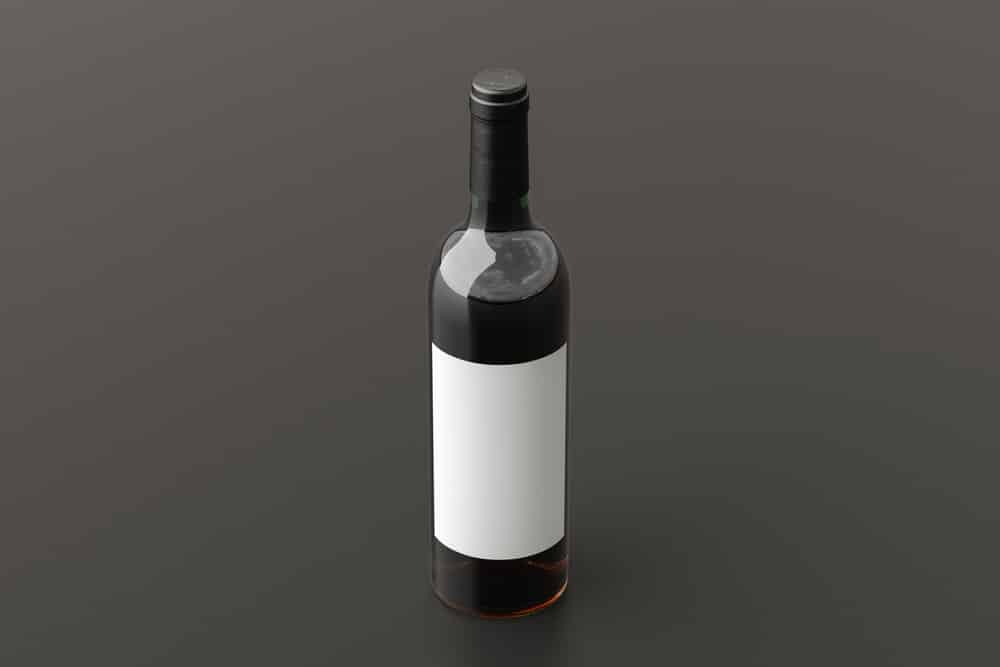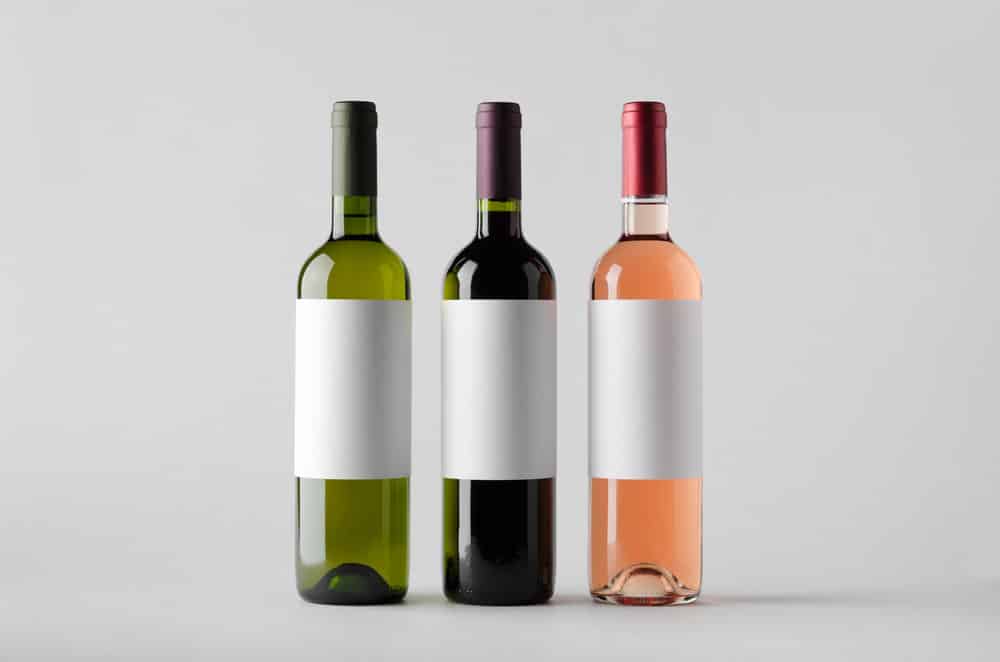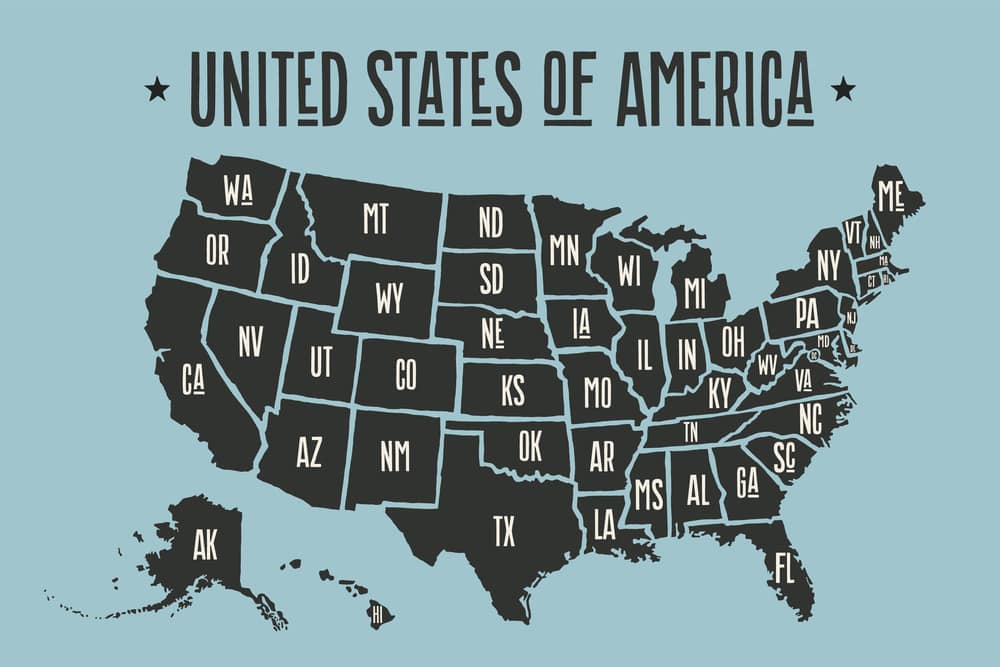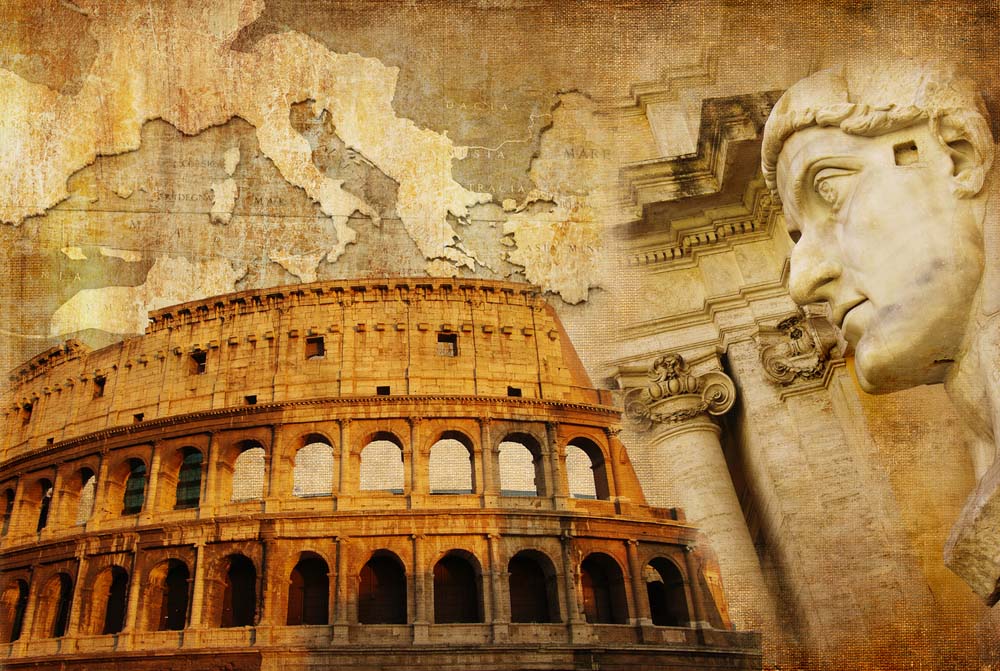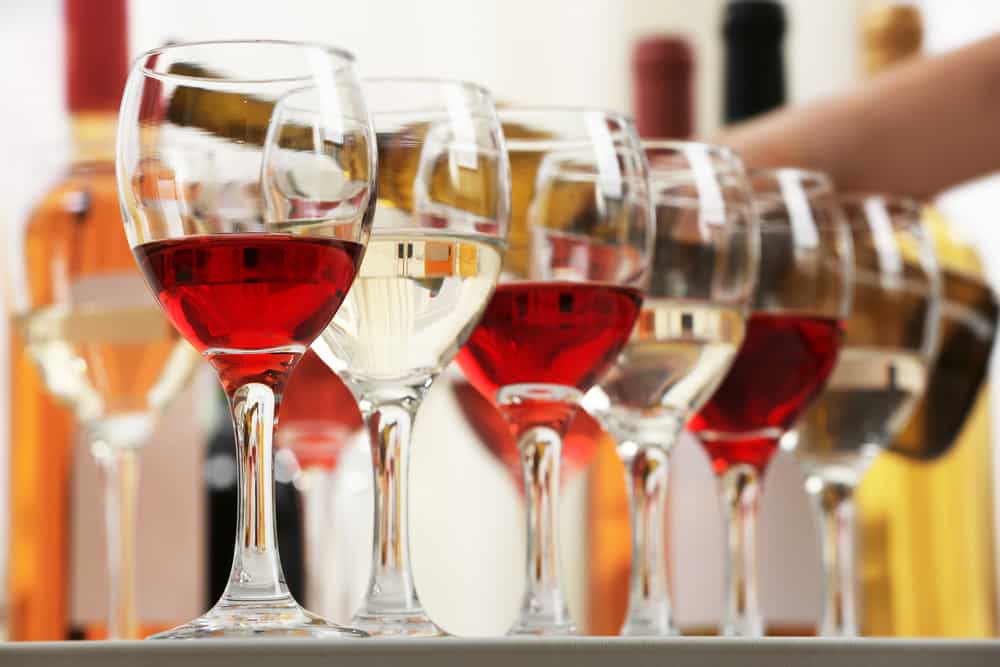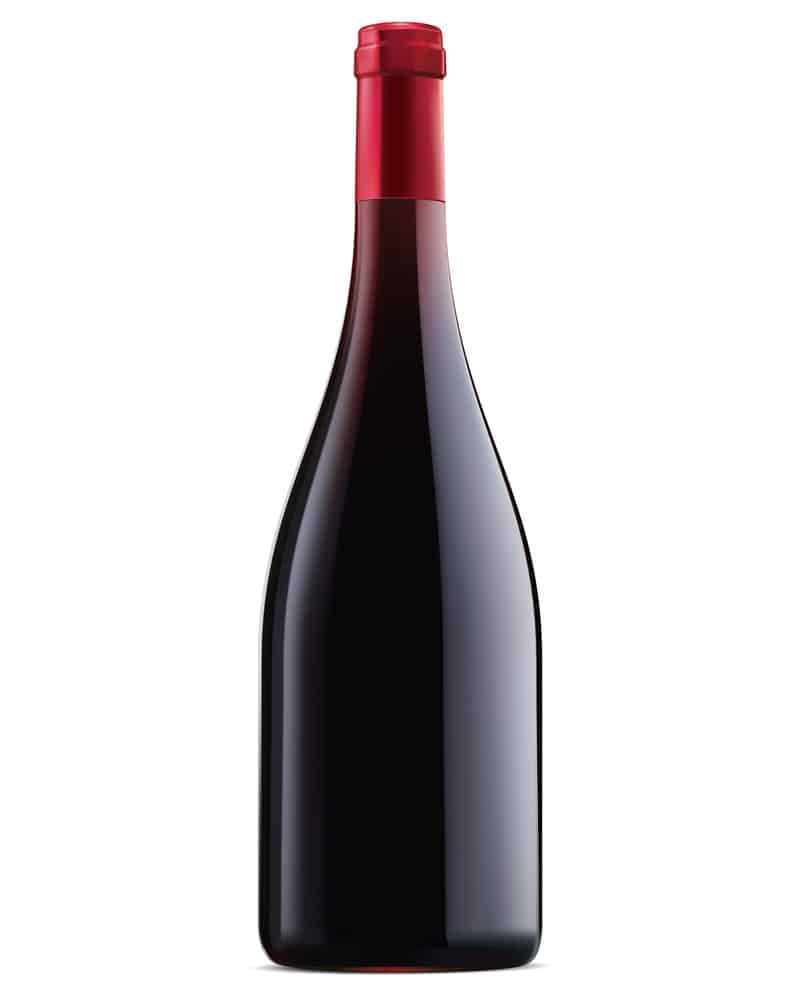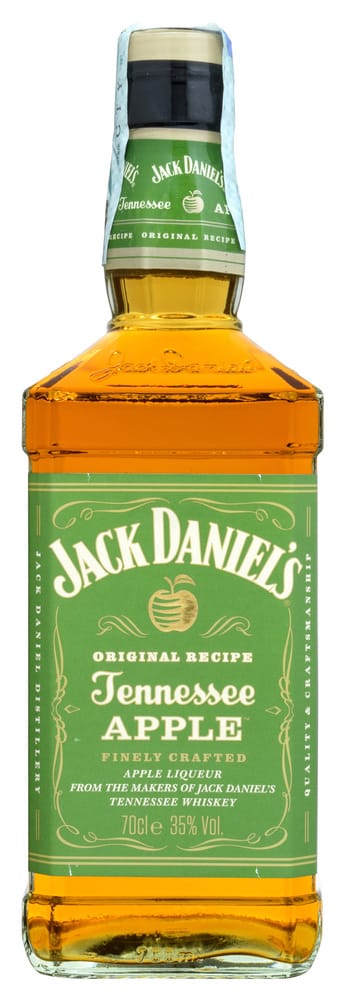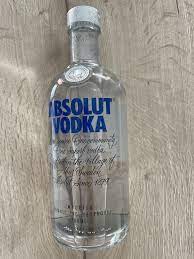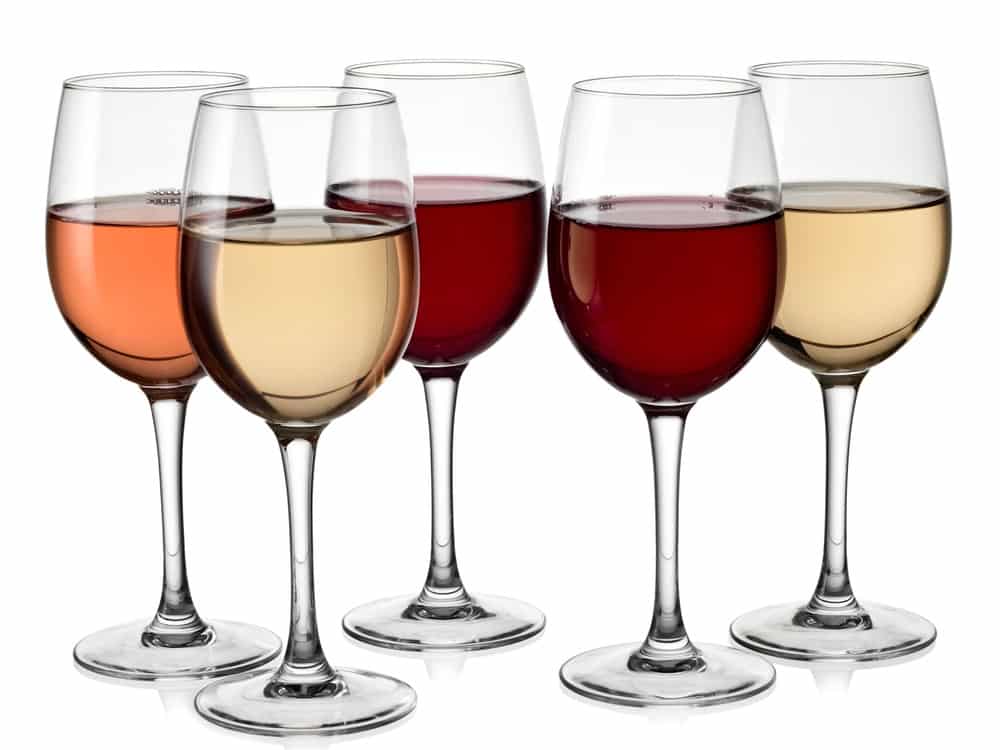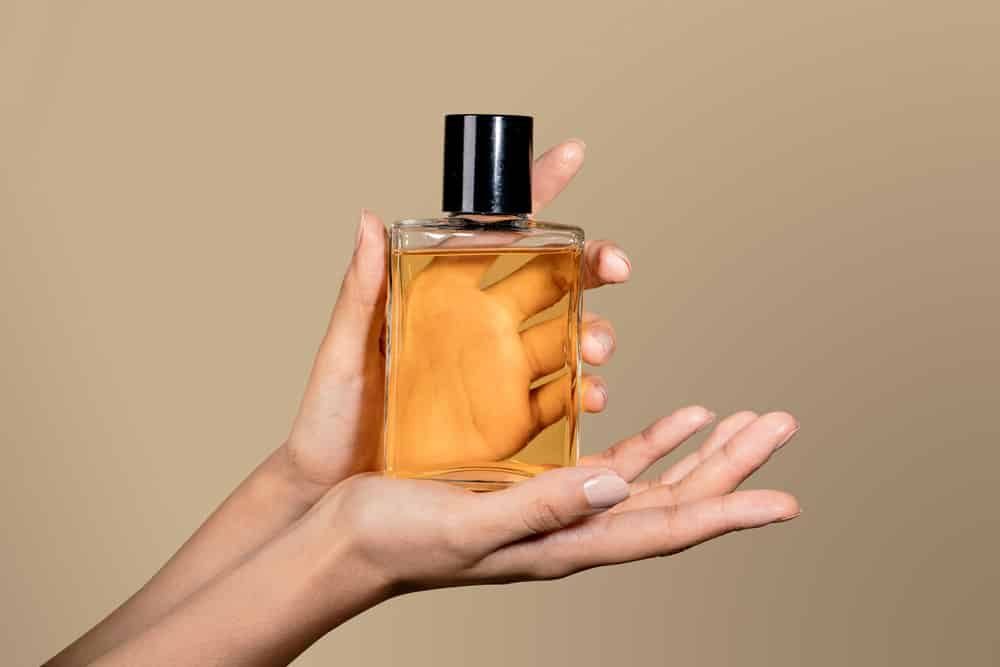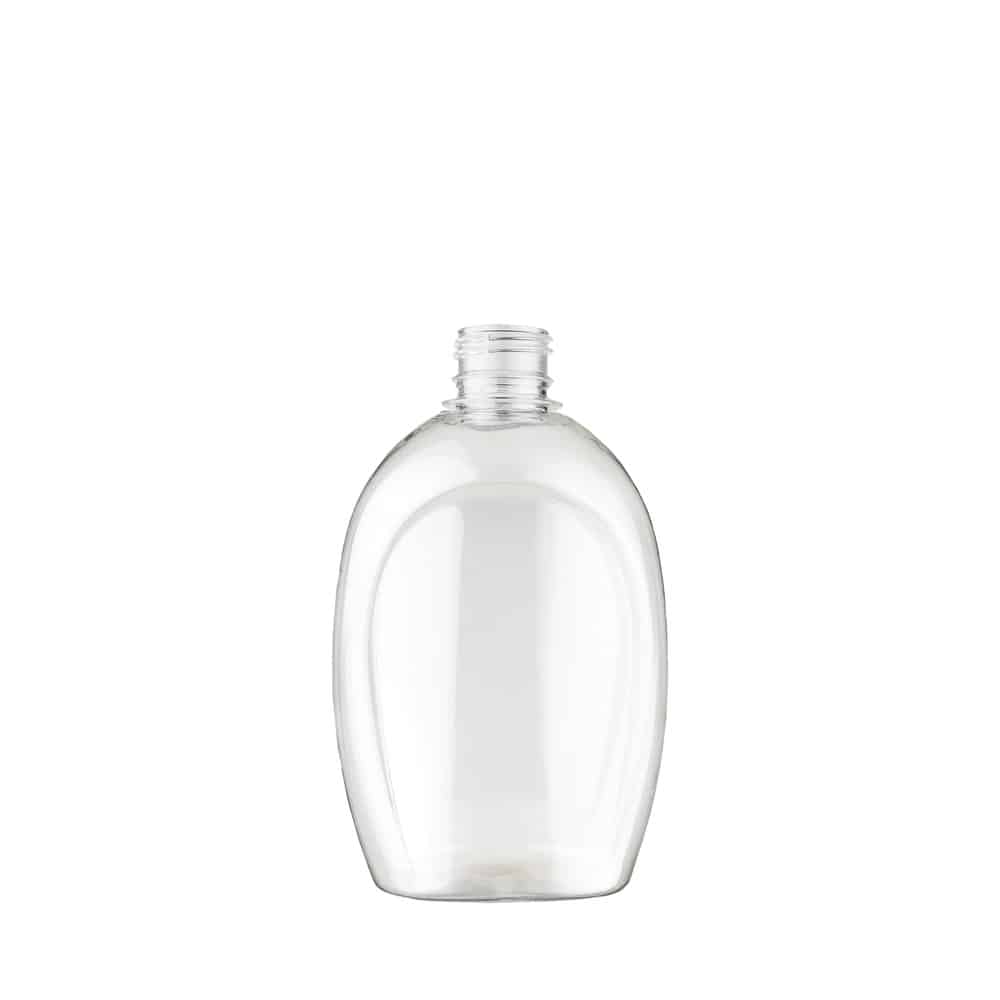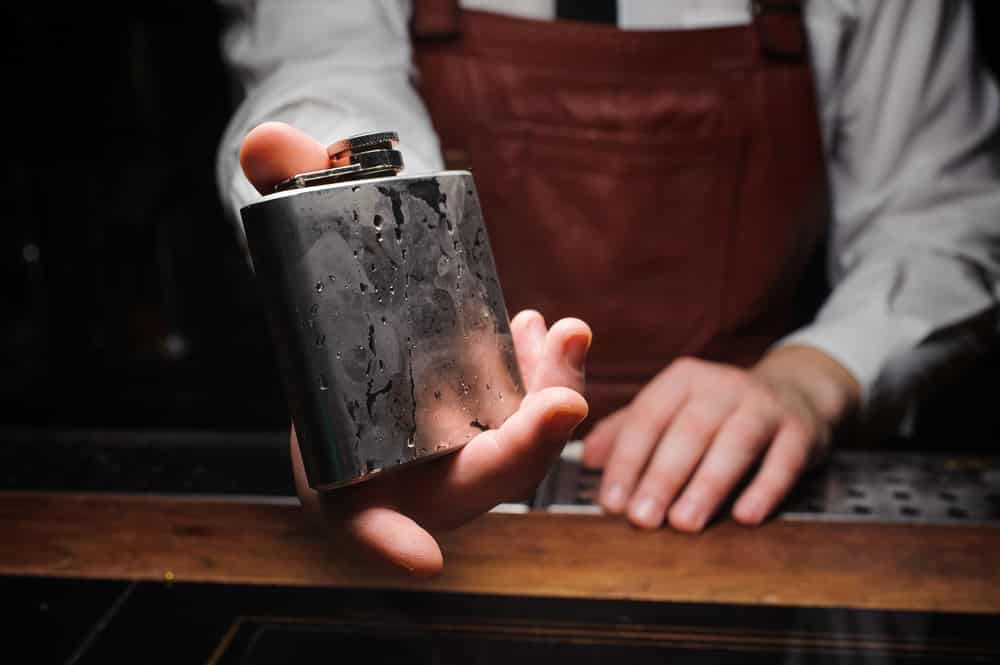
DISCLOSURE: This post may contain affiliate links, meaning when you click the links and make a purchase, I receive a commission. As an Amazon Associate I earn from qualifying purchases.
It doesn’t matter if you want to start a new liquor business or just want to educate yourself – it is important to understand the measurements that alcohol normally comes in. Two of the most commonly encountered measures of liquor bottles often raise confusion.
We’ll be explaining all the differences between the 70cl vs. 750 ml volume so that you know exactly how many glasses each can typically serve, as well as the shot count for harder liquor. We’ve got everything that you need to know coming up.
70cl Vs. 750ml Comparison
| 70cl | 750ml | |
|---|---|---|
| Shot Quantity | 16 | +-17 |
| Uses | Spirits | Wines, Liquors, Soft Drinks |
| Origin | US Standardization | EU Standardization |
| Serving Size | 5 Wine Glasses | 6 Wine Glasses |
| Shapes | Round, Rectangular, Oval, Flasks | Claret, Burgundy, Hock |
70cl Vs. 750ml
After this comparison between the standardized 70 cl vs. 750 ml sizes, you’ll know exactly what type of alcohol is served in which size bottle and all the differences.
750ml
For the most part, Liquid measurements are better understood when they’re stipulated in liters. A 750 ml bottle is two-thirds of a liter. Add another quarter (750 ml + 250 ml), and you’ve got a full liter that’s equivalent to slightly higher than 25 fluid ounces – 25,3605, to be exact.
Shot Quantity
There are just under seventeen standard jigger shots in a 750ml bottle (16.907 jiggers, to be exact).
Uses
750ml is the global standard bottle size for most wines, certain liquors, and various soft drinks in the United States. In the majority of cases, 750ml is the default size on almost all wine bottles.
Origin
No one knows precisely why 750 ml became the standard size for wine, but we know when it was introduced. In 1975, European legislation concerning permitted bottle sizes set in place rules that wine could only be sold in containers of various sizes.
Out of the range allowed, 750 ml became the most popular. By 1979, a mandate was set in place that made 750 ml bottles the only variety exported to the United States as the country began to cross over to the metric system.
While purely speculation, there are several theories concerning why 750 ml became the favorite. Some believe that it’s because each bottle contains a suitable amount of wine to serve the average number of diners found at a dinner table.
Others feel that the size, equivalent to one-fifth of a gallon, was the perfect weight to conveniently carry during the time of the Roman empire when glass bottles became commonplace.
Others place the measure as the average air intake of a glassblower during ancient times. No one truly knows.
Serving Size
In addition, one reason why 750ml has become a standard is that this bottle size carries six standard serving size wine glasses.
On the other hand, some people say that 750ml bottles were the standard when the UK and the US decided to put two gallons in the box, which made twelve bottles per box. That being said, it resulted in 750ml bottles.
Shapes
We have already mentioned that 750ml bottles are generally used for wine, and there are different shapes available. Here are the most common shapes.
Claret Bottle
The cylindrical claret bottle shape with round shoulders and a straight side has a diameter of 70mm to 80mm. These bottles, also known as ‘Bordeaux’ shape, have 289mm to 340mm in length. In addition, they come formed with a shallow or deep dribble.
[amazon box=”B0718YWGK9″]
Moreover, there are two types of closures available in these bottles, such as screw top and cork. The vast majority of wines are sold in claret-shaped bottles, but it’s by far the most popular for Merlot, Cabernet Sauvignon, and other red wines.
Burgundy Bottles
Burgundy bottles are available in 750ml sizes and have the same shape as a Bordeaux bottle but are just a little winder. These bottles are created with sloping shoulders and straight sides.
While 750 ml burgundy bottles are predominant, you’ll also find 375ml, 1L, and 2L Burgundy bottles available. This is considered a classic shape as far as hock-inspired bottles are concerned.
Hock Bottles
The hock bottles, otherwise known as rhine bottles, are designed with sloping shoulders and straighter sides than similarly shaped designs. The differentiating point is that they have an extended neck. Hock bottles are most commonly used for white wines and sweet wines.
[amazon box=”B094M886KT”]
You’ll find hock bottles available in 375 ml, 500ml, and 750ml sizes.
70cl
We’ll be taking you through all the details of this standard size, divulging how many shots are in a 70cl bottle and more.
Shot Quantity
There are just under 16 standard jigger shots in a 70cl bottle which equates to just over one less shot than you get out of 750 ml.
Uses
70cl is the standard size for spirits in Europe. However, in the US, 75 cl is the default, forcing most manufacturers to produce two different sizes for export.
Origin
On the 1st of January 1990, the entire European union standardized bottle sizes for spirits to 70 cl.
Serving Size
A 70 cl-sized bottle contains 700 ml of liquid which is roughly five glasses of wine.
Shapes
Here’s a look at the various shapes in which you find 70cl bottles.
Round Bottles
Round bottles are pretty classic and are used for vodka, cognac, and whisky. You’ll often find rounded bottles referred to as flasks or flash-shaped. These bottles have a diameter of 70mm to 95mm. In addition, they have a height ranging from 225mm to 330mm.
[amazon box=”B0826YTNMF”]
You’ll find round bottles are available in 350ml, 700ml, and one liter.
Square Bottles
Tall square spirits bottles with short necks first arose in the 19th century and are used for all varieties of spirits and high alcohol medicinal products. This includes things like bitters. From schnapps to tonics, square bottles are ever-popular. Today, square bottles are used mainly for gin.
Long-necked tall square bottles are also frequently used for gin and spirits. However, short, squatty square bottles most often contain whiskey or brandy. 70cl Square bottles have a base ranging from 70mm to 85mm, while the height ranges from 235mm to 285mm.
[amazon box=”B08G4VNHYM”]
Most square bottles are designed with beveled corners and a bent front.
Rectangular Bottles
The 70cl dimensions are used in rectangular bottles, which are commonly also used for gin and brandy. The base of these 70cl bottles ranges from 70mm to 79mm by 80mm to 90mm. The height ranges from 220mm to 280mm.
You’ll most often find whisky, brandy, and other distilled spirits supplied in rectangular bottles.
Oval Bottles
The oval bottles are somewhat similar to the rectangular bottles but have curved edges. Rectangular spirits bottles with a rounded top were once referred to as the “Baltimore Oval” shape and are highly popular for brandy.
These 70cl bottles are available in base dimensions of 89-by-68mm with height ranging from 200mm to 340mm. Oval bottles are commonly available in 500ml and 700ml sizes. All types of alcohol come supplied in oval-shaped bottles.
Flasks
These flask bottles are designed with a curvy shape for easier handling. Whiskey most often comes in a flask-shaped bottle. Flasks are suitable for smaller products and can be found in 350ml as well as 200ml sizes in addition to the 70 cl standard.
Flask-shaped bottles can carry any variety of liquor. There’s everything from scotch to rum, bourbon, brandy, gin, and even vodka. All hard liquor comes shipped in flasks from certain brands.
70cl Vs. 750ml, Conclusion
Other than the differences and distinct regional availability, there’s nothing more than a shot’s difference between 70cl Vs. 750ml bottles. As mentioned, you’ll only be able to find European liquor supplied in 750 ml bottles.
However, this also means that others that have adopted European standards like South Africa, Australia, and New Zealand, will also supply wine and spirits in 750 ml packaging of various shapes and sizes instead of the US standard, 70 centiliters.
